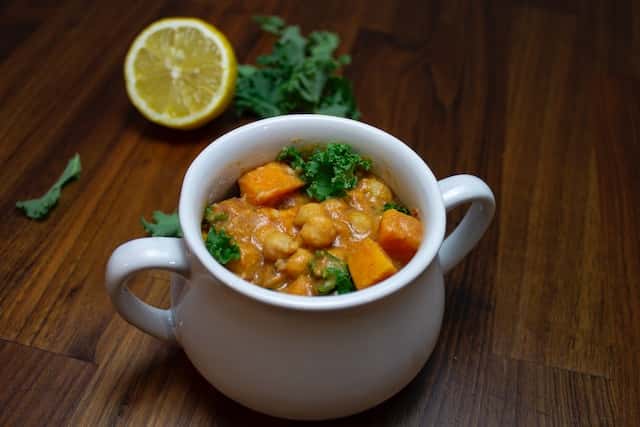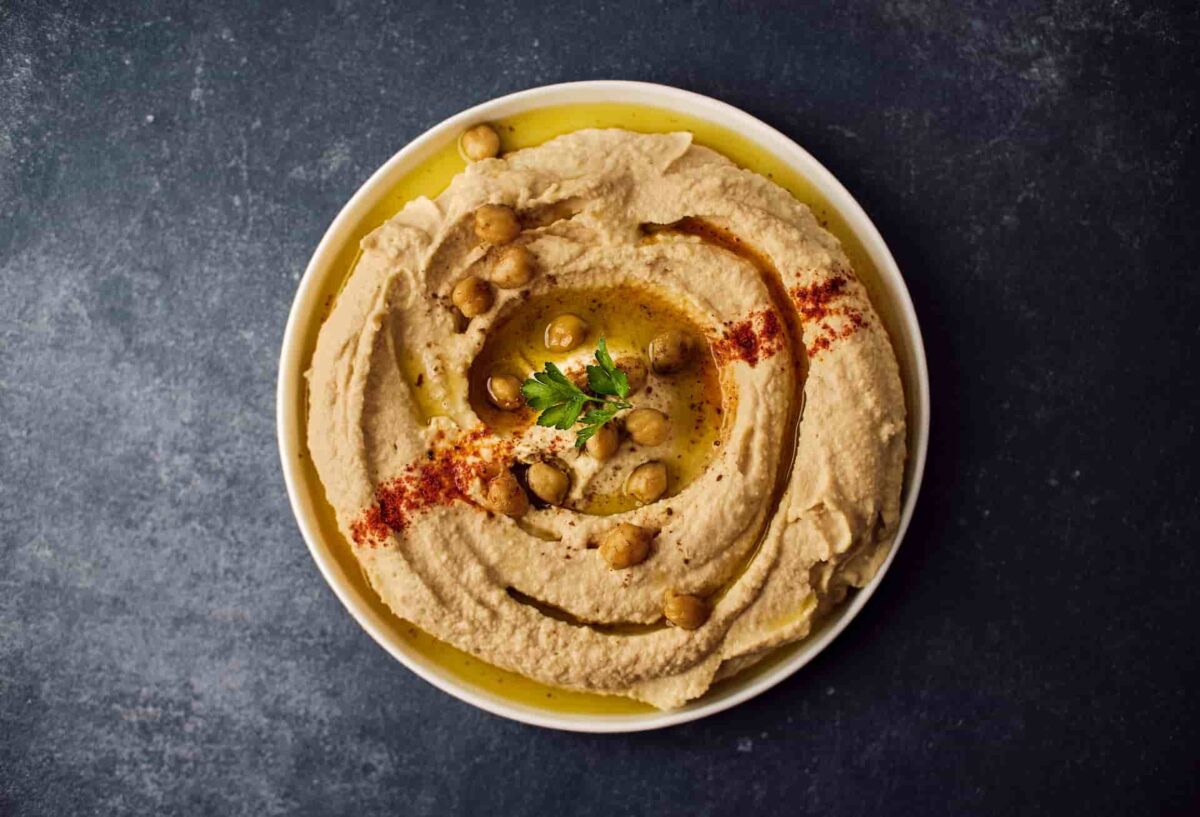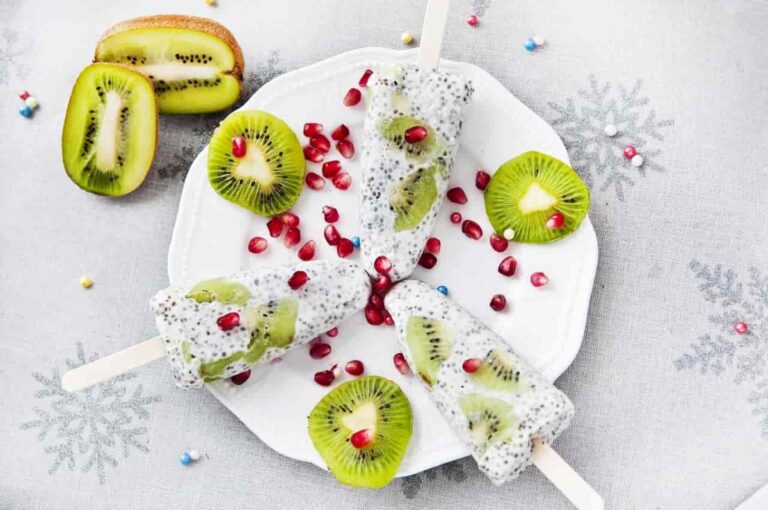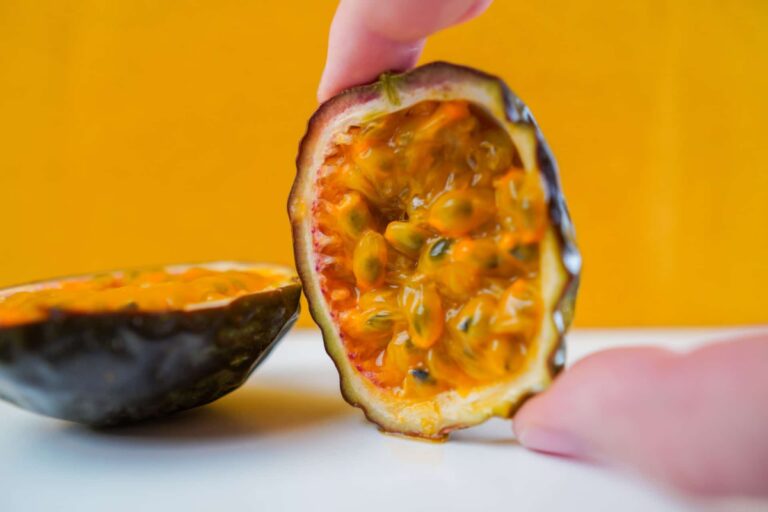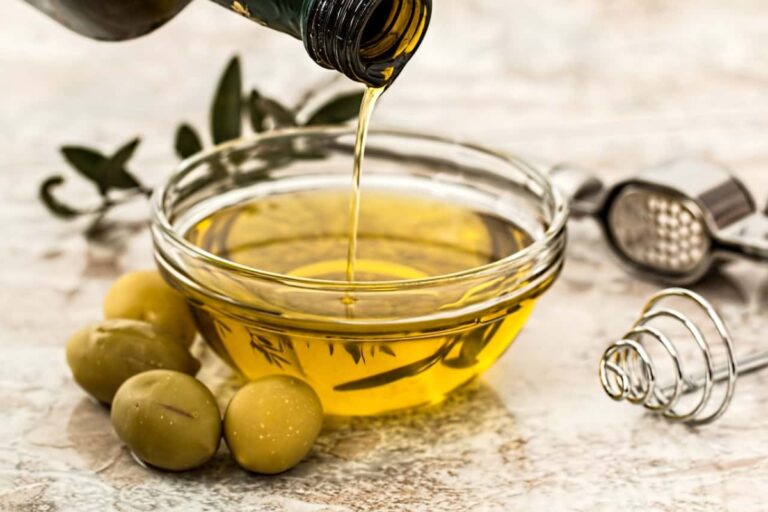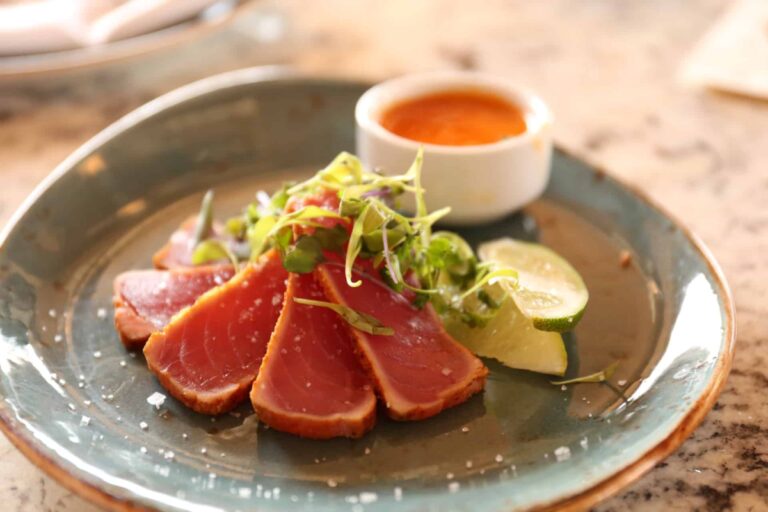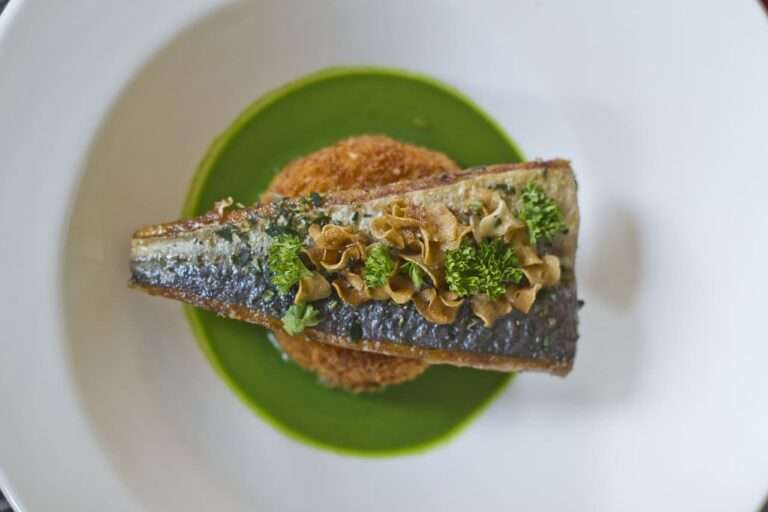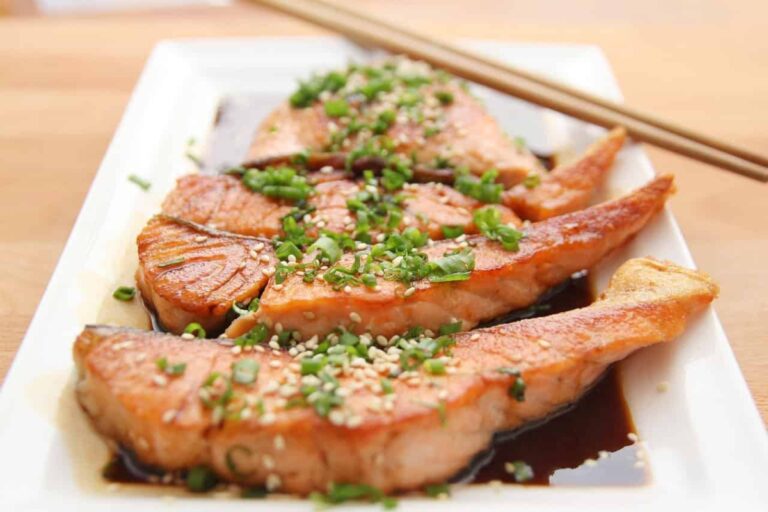35 top chickpeas professional insights
Did you know that the chickpea, despite its diminutive size, is quite a unique legume?
- There is mounting evidence that chickpeas were first farmed in the Middle East around 7,500 years before the common era of human history. The chickpea’s popularity swiftly expanded around the globe, and it wasn’t long before they were cultivated and consumed in a variety of ancient civilisations, including those of Egypt, Greece, and Rome.
- In various parts of the world, chickpeas are referred to by a variety of other names. Other names for these beans are garbanzo beans, which is a common term in the United States; Egyptian peas; ceci beans; kabuli chana; and Bengal grames. Not all chickpeas are the beige variety that we are used to seeing in cans; rather, there is a wide variety of chickpeas that range in colour and type.
- Since the 18th century, ground chickpeas have been used as a coffee substitute. Chickpeas are still extensively used as a coffee alternative today because they do not contain caffeine. Given that it is readily available and that many people have praised its taste, why not give it a shot?
- According to reports, India produced an astounding 8,832,500 metric tonnes of chickpeas in 2013, making it the leading producer of chickpeas in the entire world. Interestingly, the country finishing in second position was Australia! with a total production of 813,300 tonnes in the same year.

Chickpea nutrition values and health benefits
- Chickpeas, which are rich in a variety of vitamins, minerals, and fibre, have the potential to provide a lot of benefits to one’s health, such as aiding with weight management, enhancing digestion, and reducing the likelihood of contracting an infection.
- Chickpeas are an excellent choice for a nutritious snack since they include just a moderate number of calories in addition to a wide range of essential vitamins and minerals. In addition to this, they are a very good source of both protein and fibre.
- There is a significant concentration of protein and fibre in chickpeas, both of which may assist in the maintenance of a healthy weight. Protein and fibre both act together to slow digestion, which helps promote satiety and a sensation of fullness more quickly after eating.
- In addition, research has shown that eating protein might increase the amounts of certain hormones in the body that reduce feelings of hunger. In point of fact, the satiating qualities of the protein and fibre included in chickpeas may lead to a natural reduction in the amount of calories that you consume.
- In addition to their potential benefits for bone and overall health, chickpeas are a valuable addition to any diet as a high-quality protein source. Those who abstain from consuming items derived from animals are strongly encouraged to make use of this legume.
- There are a lot of ways in which eating chickpeas might help you better control your blood sugar levels, and all of them are good. Their glycaemic index , which is a measure of how rapidly your blood sugar rises after ingesting a certain food, is relatively low. In addition, the high quantities of fibre and protein that are included in chickpeas may help in the control of one’s blood sugar levels.
- It has been shown that chickpeas are an excellent source of minerals such as magnesium and potassium. These minerals have the potential to improve cardiovascular health by assisting in the reduction of excessive blood pressure, which is a substantial risk factor for heart disease. The soluble fibre in chickpeas has also been shown to reduce triglycerides and LDL (bad) cholesterol, both of which have been associated with an increased risk of heart disease in those who have high cholesterol. Chickpeas are a great source of this kind of fibre.
- In addition to choline and magnesium, chickpeas are rich in a number of other nutrients that have been shown to support healthy brain function. In addition to that, they contain zinc and selenium.
- They also include a range of vitamins, minerals, fibre, and protein, making them a very healthy food source. It is possible that these characteristics will assist you in losing weight, controlling your blood sugar levels, and maintaining excellent brain health, thus reducing the likelihood that you will acquire chronic diseases such as cardiovascular disease or cancer.
- You may begin by roasting chickpeas and eating them as a snack or incorporating them into a salad for an additional source of protein and fibre.
100g of cooked chickpeas has 364 calories(1525kj), 19g protein, 6g fat, and 61g carbs including 19g fibre.
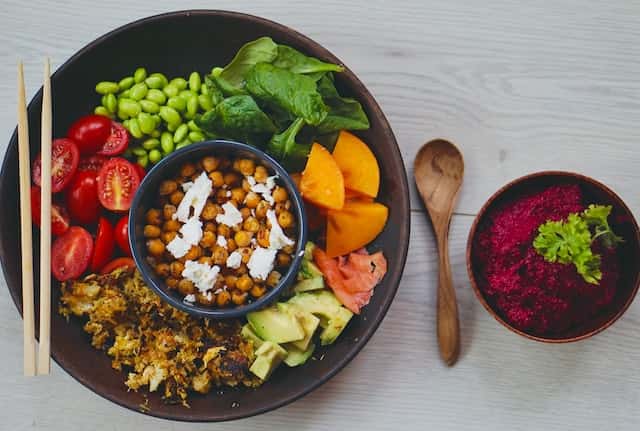
How to store chickpea and how to buy them
- If you buy chickpeas in their dry form, you will almost always need to soak them before you can put them to any kind of practical use. The chickpeas become more manageable and simpler to stomach after being soaked for some time. The chickpeas should be fully drained and rinsed before being stored, and this should be done as soon as possible following the soaking process. After the items are ready, place them in an airtight container and store them in the refrigerator; this will ensure that they remain edible for three to four days. You may also choose to freeze the chickpeas in an airtight container for up to six months, which will ensure that their quality is preserved to its fullest extent.
- Since chickpeas do not naturally have a crisp texture, the secret to keeping roasted chickpeas crunchy for as long as possible is to find a method that allows you to do so. To get the most out of their satisfying crunch, roasted chickpeas should be eaten as quickly as possible after cooking. If you need to store them for a longer period of time, store them at room temperature in a container with the lid slightly ajar. This will ensure that they remain fresh. This enables air to circulate, which contributes to the maintenance of the chickpeas’ crispy characteristics throughout the cooking process. The chickpeas you get using this method ought to be plenty to last you for three to four days.
- If you would like to use cooked chickpeas at a later time, first rinse and drain them, then place them in a container that is airtight and place them in the refrigerator. If stored properly in the refrigerator, the cooked chickpeas should remain edible for at least two to three days.
- Some people opt to save the cooking water, which is often referred to as aquafaba in some communities. If you store aquafaba in a container that has a lid and put it in the refrigerator, you may keep it out at room temperature for about two to three days. After they have been cooked, you also have the option of placing the chickpeas and the aquafaba in the freezer for a period of up to six months. You have the option of individually freezing them or freezing them all together.
- If the can is still sealed in its original container, you need to store it in accordance with the instructions that are printed on the can. On the back of the package, there is often a “best before” date that specifies how long the chickpeas will keep their optimal level of freshness after opening. If the can exhibits any signs of leaking or has any large dents, it is likely that the seal has been breached; in this case, the chickpeas should be thrown out as soon as possible.
- After the chickpeas have been opened, they need to be wrapped in either plastic wrap or tin foil and stored in the refrigerator until they are required. The second method involves draining the chickpeas and storing them in the refrigerator in an airtight container once they have been stored. When stored in the refrigerator, canned chickpeas have a shelf life of around three to four days.
- Chickpeas that have been dried may be kept for up to a year in normal circumstances at room temperature in a location that is both cool and dry. One year after being harvested, the chickpeas might start to go bad, which would cause a change in the texture of the finished product after it was cooked. It is not a good idea to store dry chickpeas in the refrigerator since there is a chance that they may pick up moisture from the air inside the fridge. If the chickpeas absorb moisture, their shelf life will be greatly shortened, and there is a possibility that mould could begin to grow on them.
- Because of their adaptability, chickpeas are used in many different nations across the world. Your chickpeas, in contrast to most other food products, will not go bad as soon, and as a result, you will have an easier time using them. They may get spoiled, and there are a few symptoms that we will describe for you below so that you can decide whether or not to use them based on whether you are able to see the signs.
- The smell of the chickpeas is the most reliable indicator of whether or not they have gone bad. Throw them away immediately if you detect any kind of stench coming from them.
- If you find that your chickpeas have any signs of insects or mould on them, you should throw them away.
- If they have taken on a peculiar taste, this is another indication that they have gone bad.
- The softness of their textures is another indication that the food has gone bad.
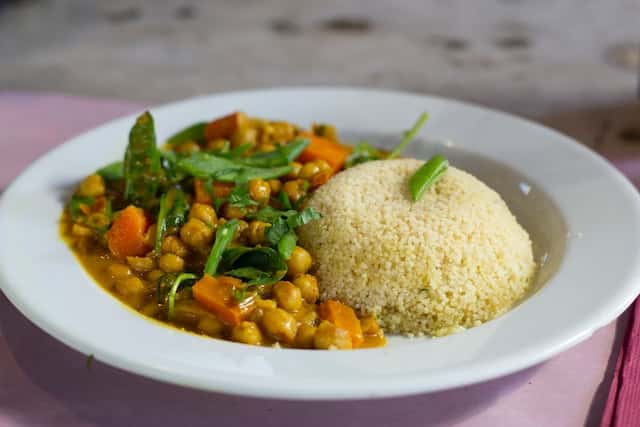
Cooking techniques, secrets, and tips from the kitchen
- If you are going to be making an appetiser or a spread, be ready for it ahead of time by cooking up a batch of chickpeas that are very soft (such as hummus). Having the option to keep the chick peas more firm is a useful feature, especially if you plan on using them in a dish like a salad or stew. In the event that none of these arguments are persuasive enough for you, take into consideration the fact that it is ridiculously cheap and that you will always know what is added to the beans. You are on the fast track to becoming a chickpea superstar!
- To get the beans ready for a longer soaking period, set them in a large basin and add enough water to cover them by several inches all around.
- Because chickpeas may grow to be three times their original size after being rehydrated, it is essential to use a lot of water while cooking them.
- First, soak the chickpeas for at least eight hours, but ideally throughout the whole night.
- After they have been preconditioned, the beans are ready to be cooked.
- Place the chickpeas in a large saucepan, then add enough water to cover them by several inches all the way around.
- Bring the water to a boil, and then use the “quick soak” method to prepare the chickpeas.
- Cook the beans for a further 5 minutes, following which you should remove them from the heat and let them sit in the water for an additional hour.
- After they have been preconditioned, the beans are ready to be cooked.
- You also have the option of using a slow cooker and cooking the ingredients for a more extended period of time.
- The benefit of using this approach is that it does not require the ingredients to be soaked beforehand; rather, everything is just put in the slow cooker before it is switched on and allowed to simmer.
- Put one pound of dried chickpeas and seven cups of water into a slow cooker. Stir to mix. Cook for eight hours on a low setting.
- Cook on high for three to four hours or on low for six to eight hours, whichever you want, depending on how long you want it to cook.
- Please keep in mind that using this method results in beans that are highly mushy; as a result, if you want beans that are more firm, you should monitor them more closely in the middle of the cooking time.
- In order to prepare chickpeas in a pressure cooker, put one pound of dried chickpeas and six cups of water inside of the pressure cooker, and then turn the pressure cooker up to its highest setting. Cook for a total of 50 minutes on high pressure, following which you should let the pressure naturally release for a period of 10 minutes after the lid has been sealed. Before you raise the cover, make sure you release any remaining pressure that has built up. We strongly recommend that you read the user manual that was included with your pressure cooker before using it for the first time.
- In the Philippines, sweets and desserts like halo-halo call for chickpeas that have been preserved in syrup. To prepare pakoras, the cuisine of South Asia coats vegetables in chickpea flour before frying them in oil at a high temperature. Another food that is similar to a chickpea fritter that utilises flour as a batter before being fried is called panelle, which literally translates to “little bread.” Socca is the local name for the chickpea flour flatbread known as socca, which is quite popular in Provence, which is located in the south of France.
- Chickpeas are a versatile ingredient that goes well with a broad variety of fruits and vegetables. Two of the finest foods to pair with chickpeas are arugula and avocado. You have the option of using a wide variety of herbs, nuts, and spices, including but not limited to: basil, cardamom, cashew, chervil, chilli, coriander, mint, nutmeg, parsley, peanut, pine nuts, pistachio, rosemary, sage, sumac, tarragon, and sumac.
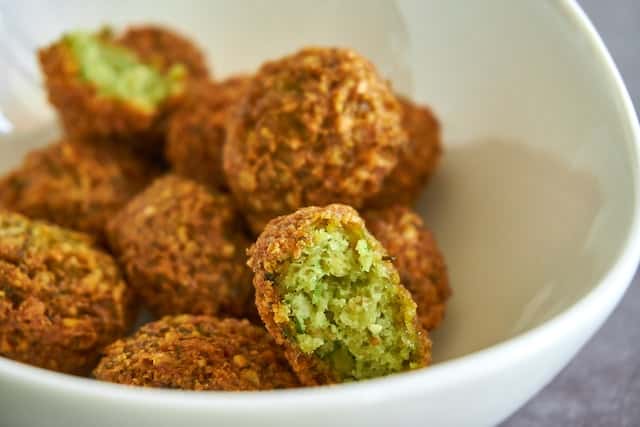
History of chickpea from the beginning until today
- Chickpeas are a kind of legume that dates back many years. Chickpea fossils dating back 7,500 years have been found in the Middle East. People in Jericho and Ayonü, Turkey, farmed chickpeas in the pre-pottery aceramic strata of their cities long before they learned how to produce pottery. These include fragments of Neolithic pottery found at Hacilar, Turkey, as well as other places in Europe such as Greece, France, and other countries.
- Around 800 AD, Charlemagne’s Capitulare de Villis emerges in literature. The writings of Charlemagne include specific information on the cultivation of chickpeas in each of the imperial demesnes, also known as lord’s domains. After that, Albert Magnus talks about chickpeas in three different colours, and Nicholas Culpeper describes them as being less “windy” and more nutritious than peas.
- In the year 1793, a German author suggested that chickpeas might be used as a substitute for coffee. Because of Germany’s superior knowledge and capabilities in this area, the country produced chickpeas throughout World War 1. Even in modern times, chickpeas have been employed as a substitute for coffee.
- The name “chickpea” originates from the French word “chiche” as well as the Latin word “cicer.” As early as the year 1338, the word “chickpea” was first recorded in English dictionaries. “Cicher may also be referred to as ciche pease in English, following in the footsteps of the French dialect.”
- There is a speculation that the term chickpea originates from the French phrase “pois chiche.” After crossing the English Channel, this eventually evolved into the term “chiche pease.” As a result of the “s” sound being misunderstood as a pluralization, many believed that one “chiche pease” was equivalent to one “chickpea.”
- The word “seed” is translated as “garbanzo” in Spanish, while the word “dry” is “antzu.”
